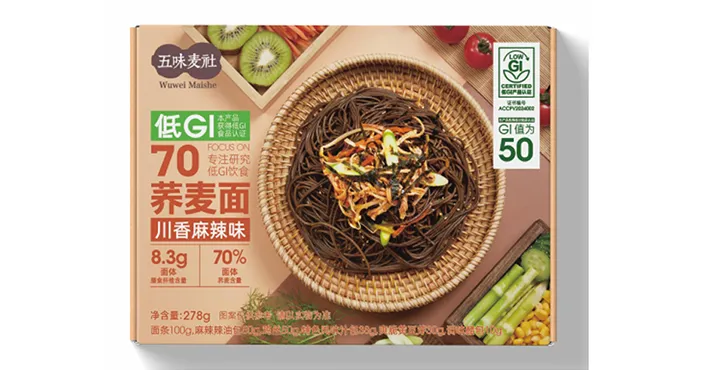are udon noodles healthier than pasta
Are Udon Noodles Healthier Than Pasta?
When it comes to choosing between udon noodles and traditional pasta, health-conscious eaters often find themselves wondering which option is better for their diet. Both types of noodles have their origins and unique characteristics, and understanding their nutritional profiles can help to determine which is the healthier choice.
The Basics of Udon Noodles
Udon noodles are a type of thick, wheat-based noodle originating from Japan. They are typically made from just three ingredients wheat flour, water, and salt. Udon is known for its chewy texture and can be served hot in soup or cold with a dipping sauce. Udon noodles are generally low in fat and can be a good source of carbohydrates, which are essential for energy.
Nutritionally, a standard serving of cooked udon noodles (approximately 1 cup or 200 grams) contains about 200 calories, 7 grams of protein, 42 grams of carbohydrates, and very little fat. Udon is also low in fiber, which could have implications for digestion and overall health.
The Basics of Pasta
Pasta, a staple in Italian cuisine, can be made from various types of flour, including semolina, which is derived from durum wheat. Like udon, pasta is available in many shapes and forms, from spaghetti to penne. The nutritional content of pasta can vary widely depending on the type (e.g., whole wheat, gluten-free, enriched).
A standard serving of cooked pasta (approximately 1 cup or 200 grams) typically contains around 220 calories, 8 grams of protein, 43 grams of carbohydrates, and 1.5 grams of fat. Whole wheat pasta, which retains more fiber from the wheat grain, provides a nutritional advantage with about 6 grams of fiber per serving, supporting better digestive health and providing a feeling of fullness.
Nutritional Comparison
are udon noodles healthier than pasta

1. Calories and Carbohydrates Both udon and pasta are similar in calories and carbohydrate content per serving, but pasta often offers a better choice when it comes to whole grain varieties that offer additional fiber and nutrients.
2. Protein Content Udon and pasta have comparable protein levels, although the exact amount can vary based on specific formulations. Pasta can sometimes be enriched or fortified with additional protein, especially in the case of legume-based or high-protein alternatives.
3. Fiber This is where pasta, specifically whole grain pasta, generally takes the lead. While udon is low in fiber, whole wheat pasta provides a much higher fiber content, which is beneficial for digestion, helps to regulate blood sugar levels, and contributes to satiety.
4. Vitamins and Minerals Whole wheat pasta may provide more vitamins and minerals compared to udon. Enriched pasta can also offer additional vitamins, such as B vitamins and iron.
Health Considerations
While udon noodles can be a delicious part of a balanced meal and offer a distinct flavor profile, they may not be the best option for individuals looking to increase their fiber intake or those who prioritize whole grains in their diet. On the other hand, pasta—especially whole grain varieties—offers several advantages in terms of fiber content and nutrient density.
Both udon and pasta can fit into a healthy diet, depending on how they are prepared and what accompanies them. For instance, a dish of udon can be enhanced with vegetables, lean proteins, and nutritious broths, while pasta can be paired similarly with healthy sauces and ingredients.
Conclusion
Ultimately, the choice between udon noodles and pasta will depend on individual dietary needs and preferences. If fiber intake is a primary concern, opting for whole grain pasta may be the better choice. However, if you're drawn to the texture and taste of udon, incorporating it in moderation, alongside a variety of nutritious ingredients, can still provide a satisfying and healthful meal. Both noodle types can contribute to a balanced diet; the key lies in how they are used within the context of your overall daily nutrition.
-
Unleash Your Inner Chef with Delectable Italian Pasta CreationsNewsAug.01,2025
-
Savor Health and Flavor: Irresistible Soba Noodles for Sale Await!NewsAug.01,2025
-
Nourish Your Body with Premium Organic Ramen - A Culinary Delight AwaitsNewsAug.01,2025
-
Elevate Your Dishes with Our Exquisite Kinds of Egg NoodlesNewsAug.01,2025
-
Dive into Flavorful Convenience with Our Ramen OfferingsNewsAug.01,2025
-
Discover Exquisite Types of Naengmyeon and Chilled Soba NoodlesNewsAug.01,2025
-
Is Whole Wheat Pasta Healthy?NewsMay.30,2025
Browse qua the following product new the we

















































































































